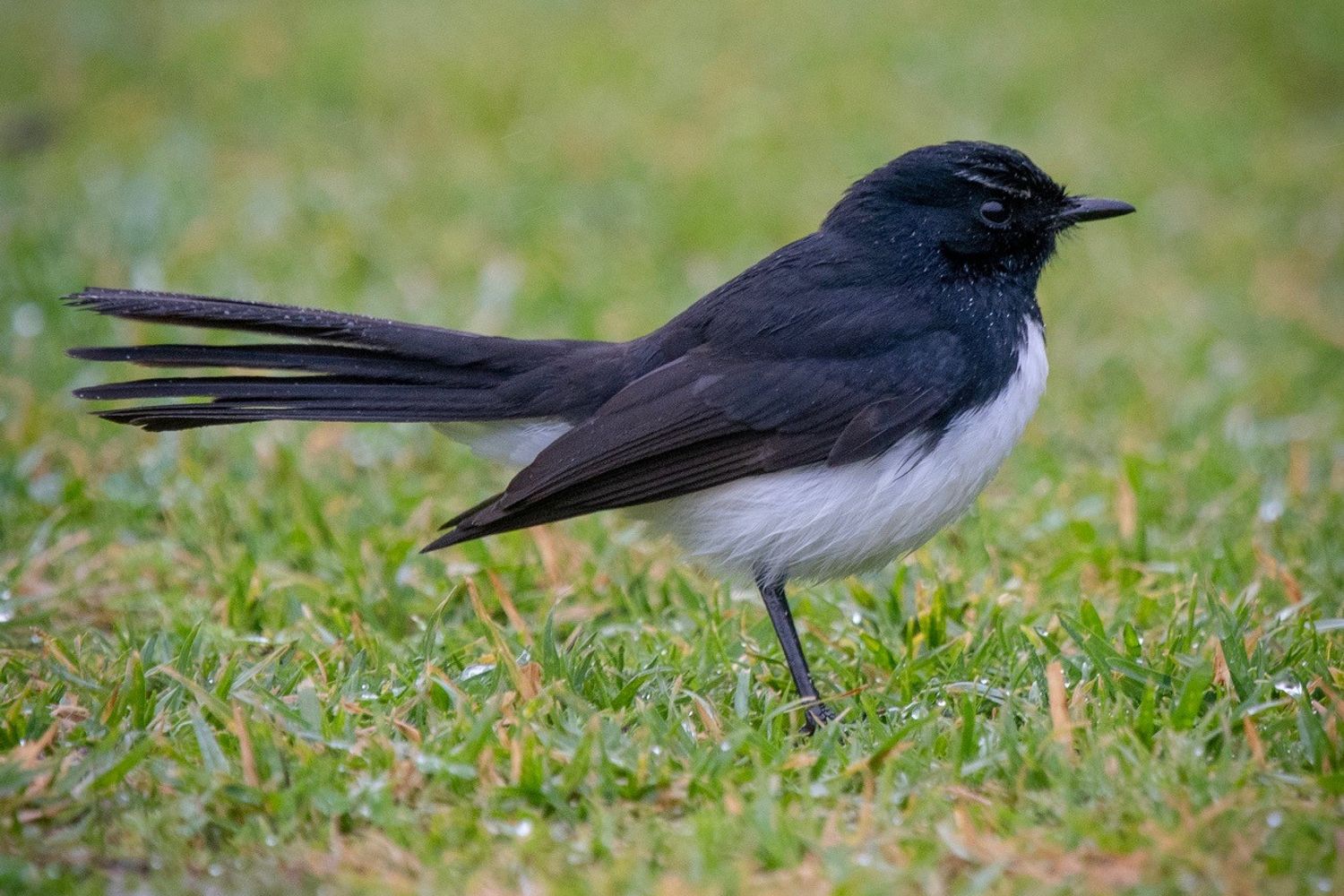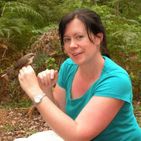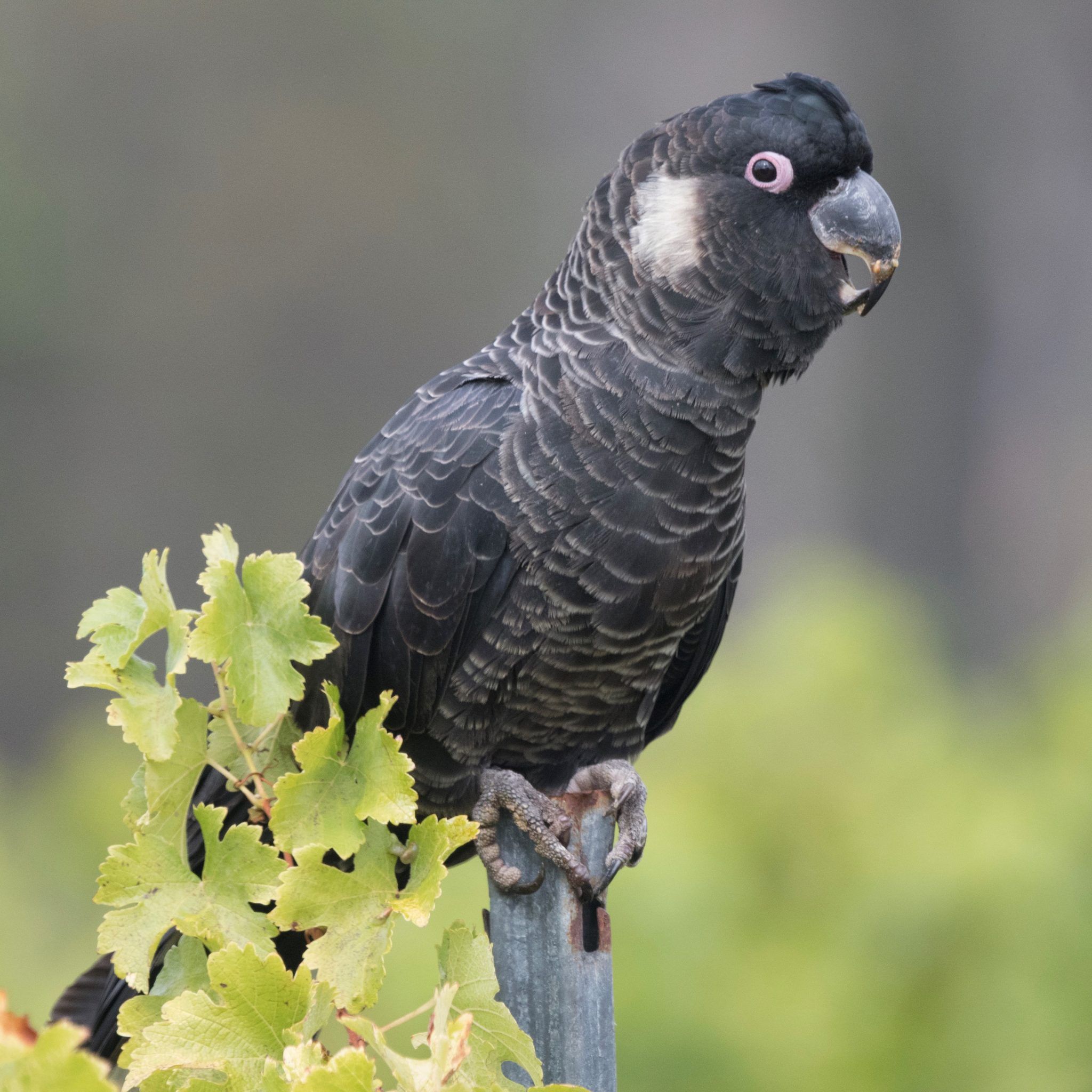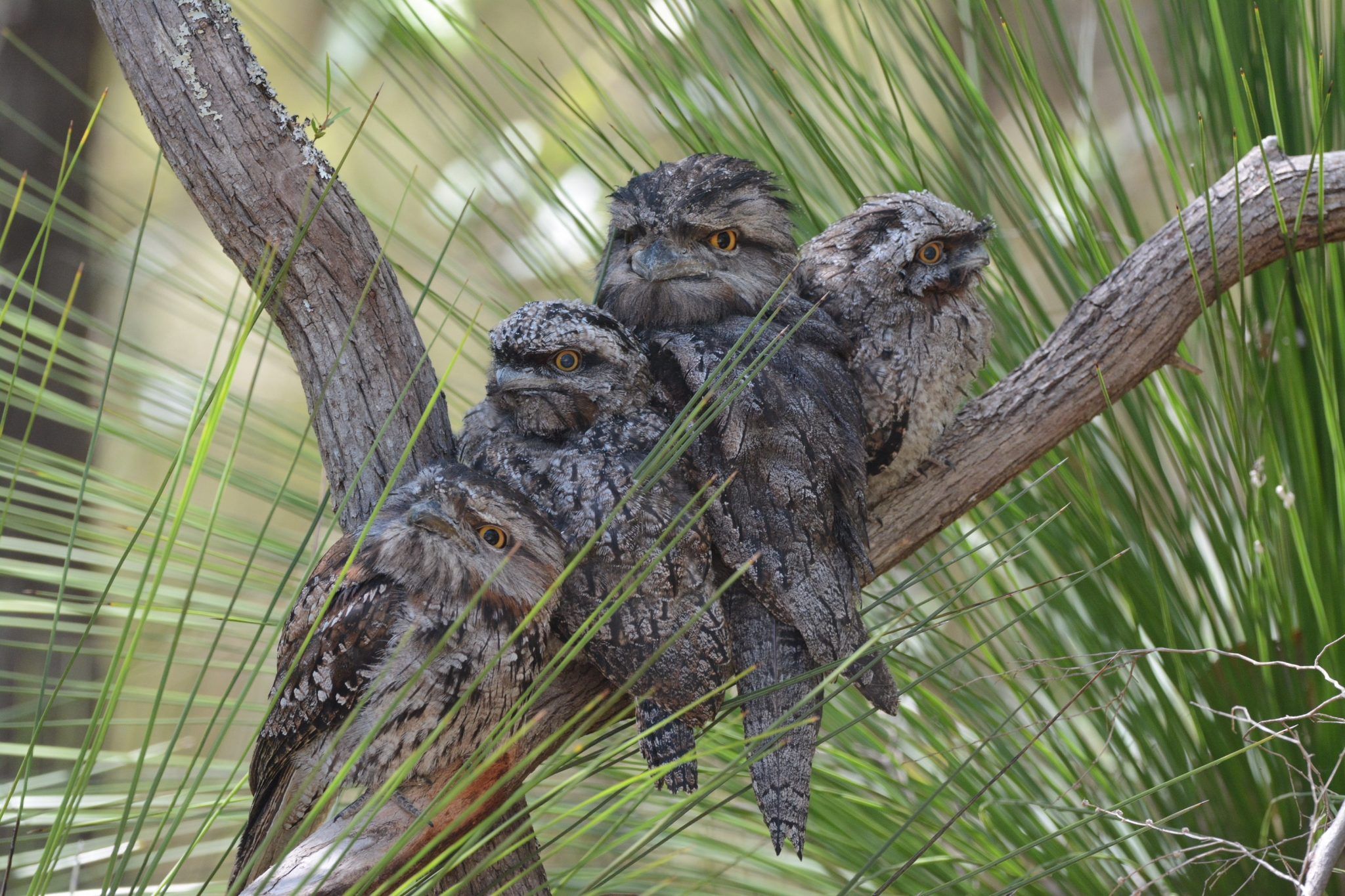Birdwatching is a therapeutic way to connect with nature and the Margaret River Region is a great place to grab a pair of binoculars and begin birding. Learn about some of the local bird appreciation and conservation projects and how you can get involved.
“We are starting to get a handle on the south west forest populations of our iconic, much-loved black cockatoos” says Dr Boyd Wykes, ornithologist and chairman of Nature Conservation Margaret River. The Margaret River Region is a stronghold for all three of WA’s threatened cockatoos – Baudin’s and Carnaby’s White-tailed Black Cockatoos and the forest race of Red-tailed Black Cockatoo. All are present throughout the year but with local and longer distance seasonal movements relating to their varying diets, availability of nest sites and drinking water sources.
To monitor overall numbers, community teams survey 30 cockatoo roost sites in our region each autumn for The Great Cocky Count, with some roosts supporting hundreds of birds of more than one species.
“We’ve still got a lot to learn; how they use the region, where they roost and where they go” says Shapelle McNee who helped coordinate The Great Cocky Count.














